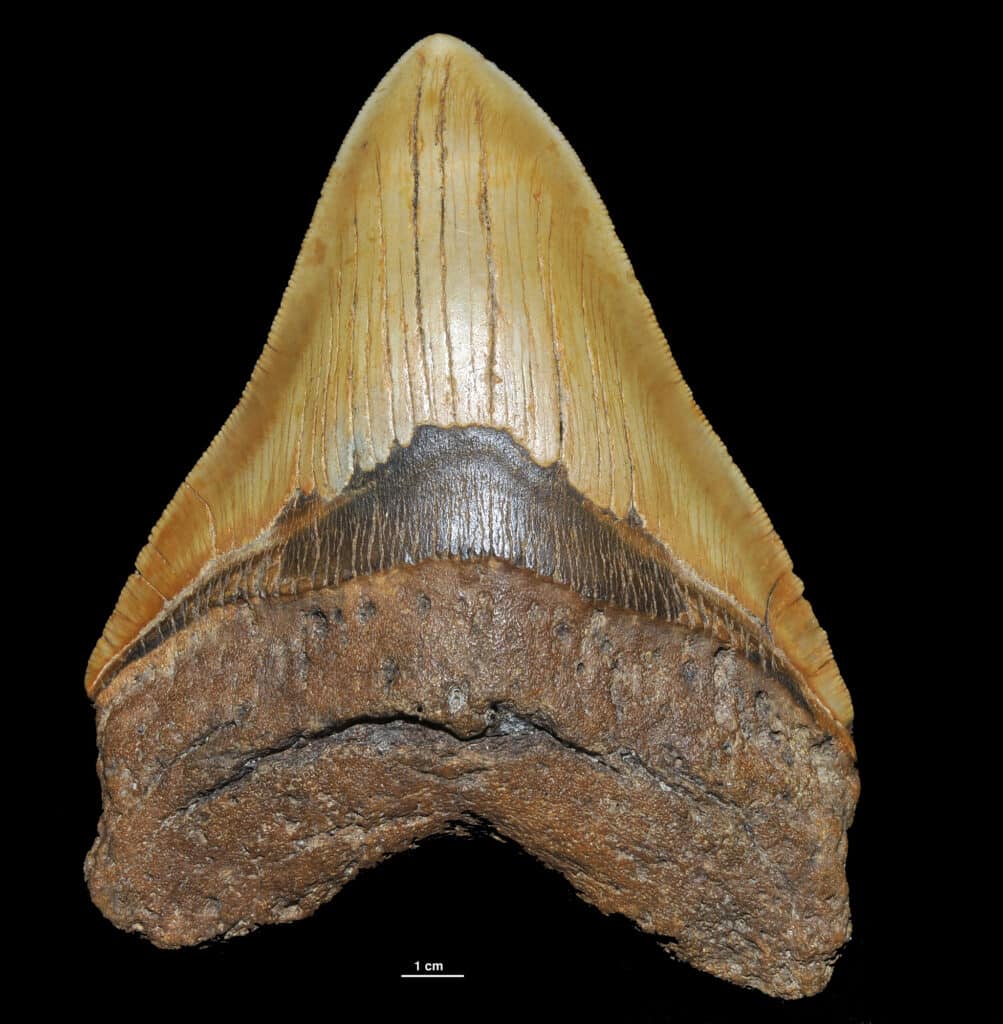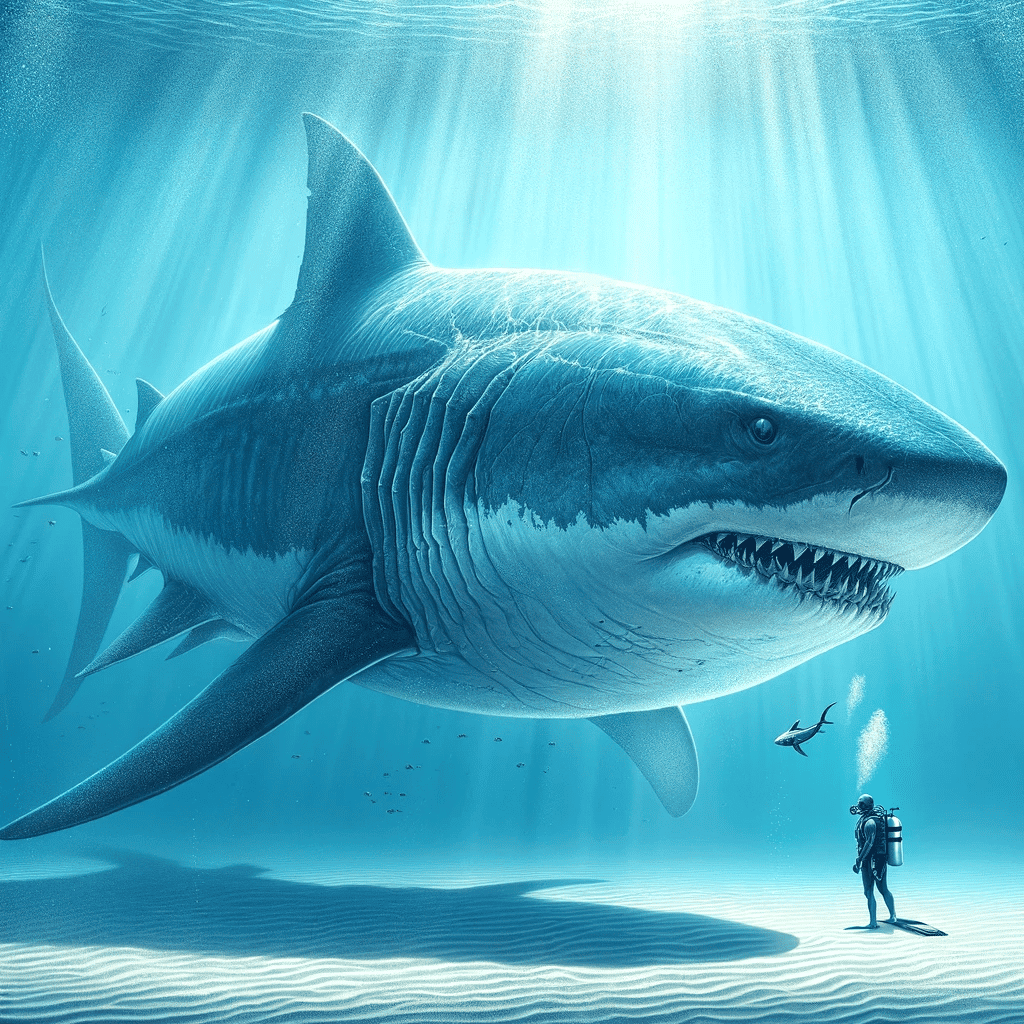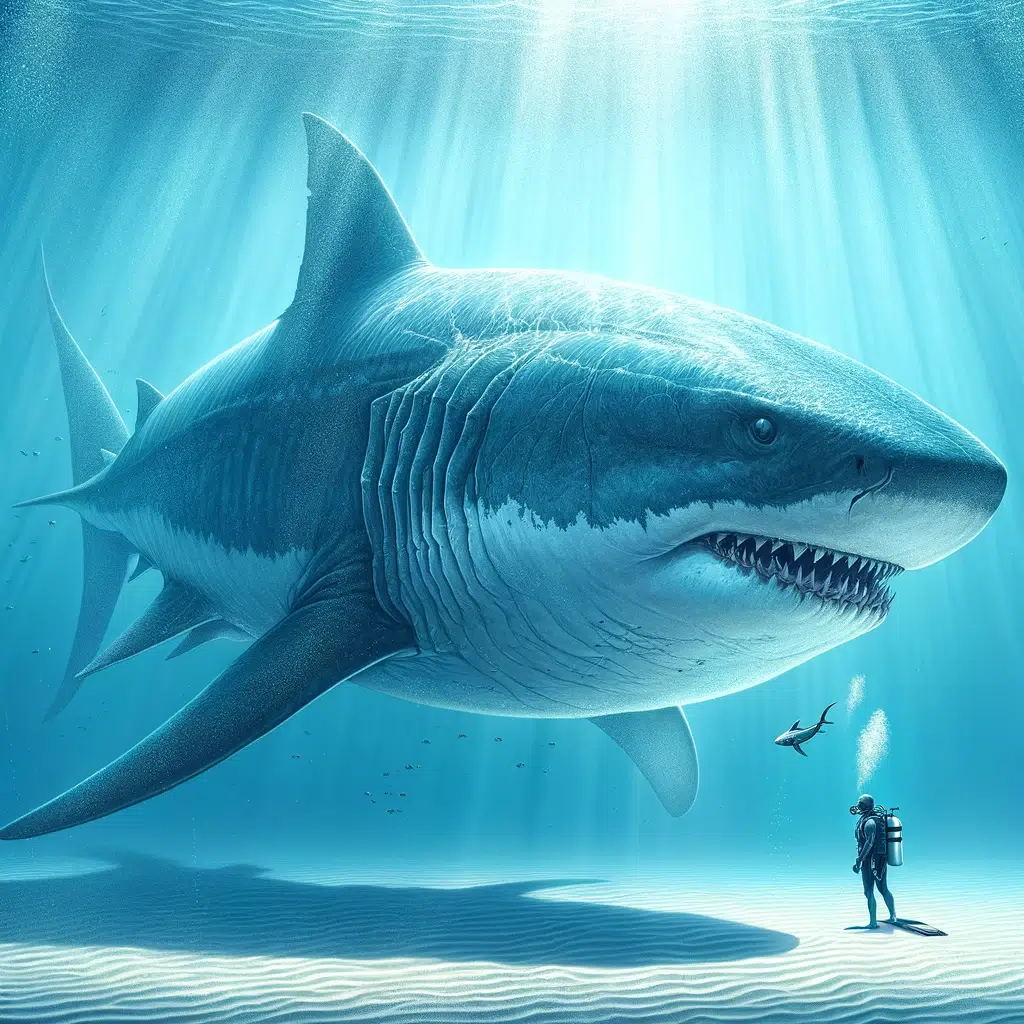The recent discovery of a megalodon tooth on the deep sea floor has reignited interest in this ancient shark. Known scientifically as Otodus megalodon, it lived from the Early Miocene to the Pliocene epochs. This places its existence roughly between 23 and 3.6 million years ago. As an extinct species of giant mackerel shark, it is considered one of the largest and most powerful predators to have ever lived.

Discovery and Significance
During a remotely operated vehicle (ROV) dive in the Central Pacific Ocean, part of NOAA’s E/V Nautilus program, researchers found a megalodon tooth at a depth of 3090 meters. This discovery significantly contributes to our understanding of the migratory behavior of megalodons, suggesting that they were highly migratory species. Previously, the prevalent belief, based on most megalodon fossils found in shallow-water sediments near shorelines, was that megalodons were primarily coastal species. However, this deep-sea discovery challenges that notion and aligns with the behavior of modern era’s large predatory sharks.
Physical Characteristics
Megalodon is estimated to have reached a maximum length of around 20 meters, making it one of the largest marine predators ever. Its massive teeth, which are easier to find than those of smaller sharks, are a testament to its size and predatory capabilities. The teeth are thick and robust, built for grabbing prey and breaking bones. Megalodon’s large jaws could exert a bite force of up to 108,500 to 182,200 newtons.
Ecological Impact
Megalodon likely had a major impact on the structure of marine communities. It probably targeted large prey such as whales, seals, and sea turtles. The fossil record indicates that it had a cosmopolitan distribution, inhabiting warm coastal waters and feeding on fish and small whales.

Extinction Factors
Various factors, including competition from whale-eating cetaceans like Livyatan and possibly smaller ancestral killer whales, are attributed to the decline of the megalodon. Oceanic cooling associated with the onset of the ice ages, the lowering of sea levels, and the loss of suitable nursery areas may have also contributed to its extinction. A reduction in the diversity of baleen whales and a shift in their distribution toward polar regions likely reduced the megalodon’s primary food source.
Cultural and Scientific Relevance
Megalodon continues to captivate the public imagination, often featuring in movies and documentaries. Its discovery and study provide valuable insights into the history of marine life and the evolutionary processes that shape it. The recent find of its tooth in the deep sea adds a new chapter to our understanding of this magnificent creature, emphasizing the importance of ongoing exploration and research in uncovering the mysteries of the ocean’s past.
You might also enjoy:
Rare 6-inch Megalodon Shark Tooth Found in Florida
Cape Town’s Unexpected Visitor: A Juvenile Whale Shark
Largest Timber Rattlesnake Ever Recorded
Join our Forum for free today!

- The Bond Between a Wild Baby Bison and Her Rescuer - July 20, 2024
- An Excited Husky’s First Ever Time in Snow - July 20, 2024
- Top 20 Colorful Species To Brighten Your Day - July 14, 2024

